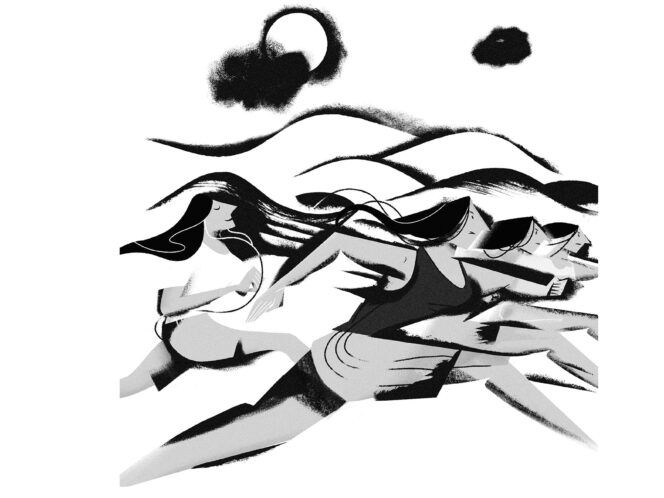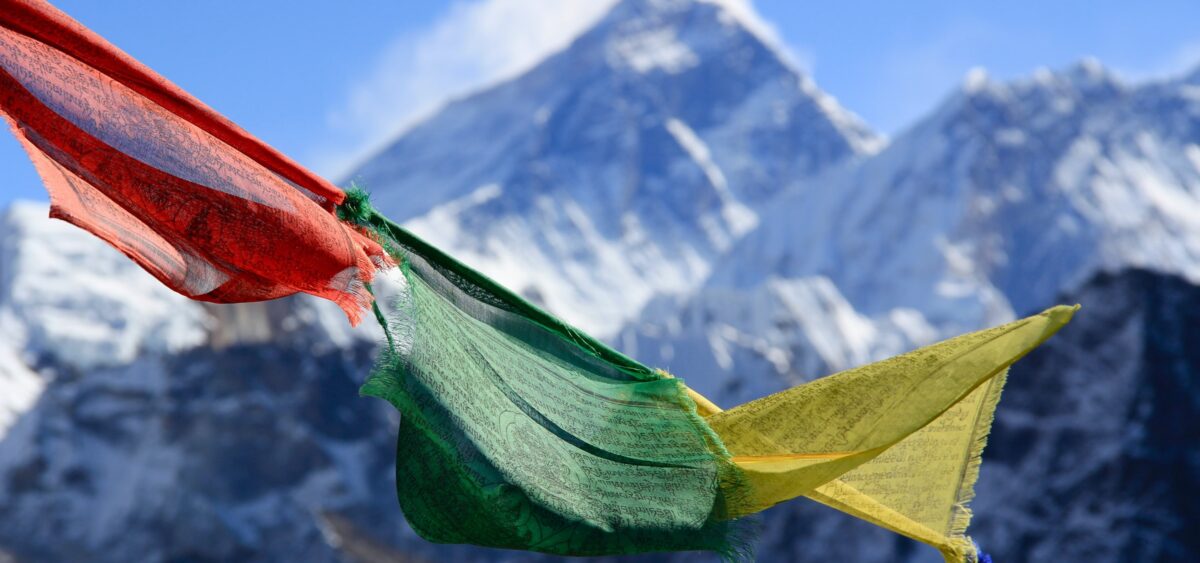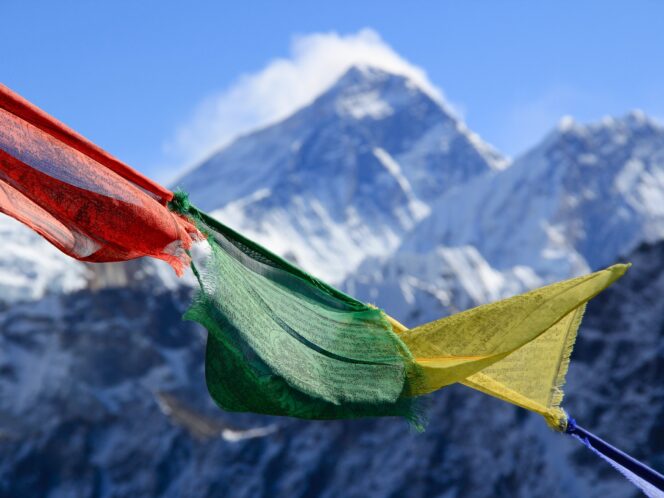
We know where athletes get it – at least those who are fighting for victories, medals and records. But what about the rest of us, who have no chance at any of that?
They called him “Turtle”, but he was more reminiscent of a bank machine on wheels. Already at the starting line he looked different from the rest. He brought to the track 133 kilograms; his rivals, half as much. His belly was an oval; theirs were flat, sculpted. When they started to run, he could barely get out of the blocks. He quickly dropped out of the pack; it couldn’t be otherwise, because he couldn’t run. That is, he could, but like other average denizens of planet Earth: he just moved his legs fast. But it had about as much in common with professional sprinting as plinking and plonking on a piano at Warsaw Chopin airport has with the Chopin Competition.
Trevor Misipeka shouldn’t have been there at all. When he boarded the plane in American Samoa, a tiny territory spread over several small islands in the Pacific, he thought that at the World Athletics Championships in Edmonton he would be competing








